In recent weeks I had an opportunity to borrow a very special book. You would be forgiven for assuming it was a book of fishing stories, such is my affliction for those, but no. This was a simple hard cover lined book, but one containing a long and diligent record of rainfall. As one who likes to chronicle and record, this ticks other boxes for me. The record was from the Inzinga river valley, and dates back to 1955. The first part is in one handwriting, and then at some juncture, as one generation passed to another, the handwriting changed to that of another. From a neat and diligent cursive in boldly pressed pen, to a more scraggly and lighter hand, which appeared to write more quickly.
I captured these monthly figures into a spreadsheet so as to be more able to investigate the trends and seasons. As I typed in figures I found myself saying aloud, things like “Wow, that was a dry spell”, or perhaps “Gee, what a wet March”, and in either case, checking the year, and then trying to remember the season through my own lens. The drought of 1982/3 when as a schoolboy I remember having to rinse off in the school swimming pool, because showering was out of the question. Two seasons back when farmers in the Dargle reported 580 mm of rainfall in December alone. The time in the early nineties when we had veld fires in November. As I neared the end of the data capture exercise I sped up the work, as my curiosity at the trends piqued.
Finally I drew a box over the data and hit the graph generator. Then I inserted a trend line, and leaned forward to absorb the long awaited result.
Dead straight.
1955 to 2023.
No simple trend. No “Aha” and no pleasingly simple, climate change evidence.
Nothing to add to the plethora of theories about what happened to the Trout in the Inzinga.
Nothing to embellish the stories of “the weather nowadays”, or to amplify the context of this week’s heavy rain.
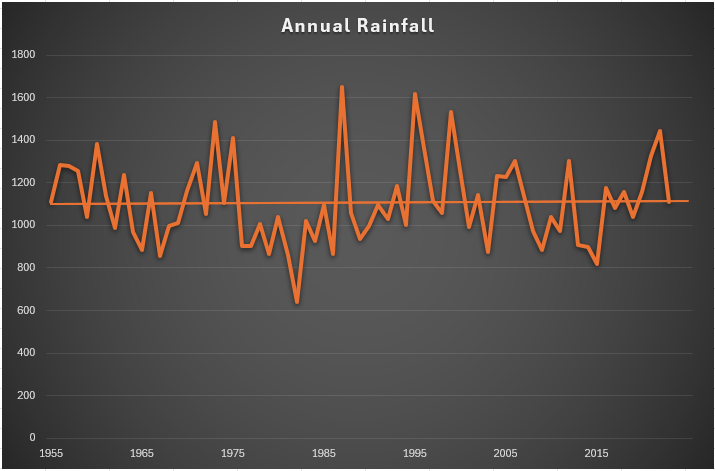
The Inzinga was once such a productive river, that like the Yarrow, it was variously fished and electro-shocked in order to harvest Trout to stock other waters nearby. The current farmer can remember accompanying Tom Sutcliffe, Hugh Huntley and others on these and missions down at the river, with milk cans filled with small wriggling Browns destined for a nearby lake. The Yarrow has likewise slipped from prominence. It may have begun when the water was closed by the local fly fishing club in 1983 due to the drought, and for many years after the committee forgot to re-open it. Many years!
But the Yarrow still has a small head of wild Brownies in the headwaters where it exits the deep, dark forests of the Karkloof, attested to by some colleagues in the last year or two. They don’t persist downstream much though. Dairy and timber farming and the like, coupled with warming of lower climes has put paid to those once plentiful Trout populations. I think.
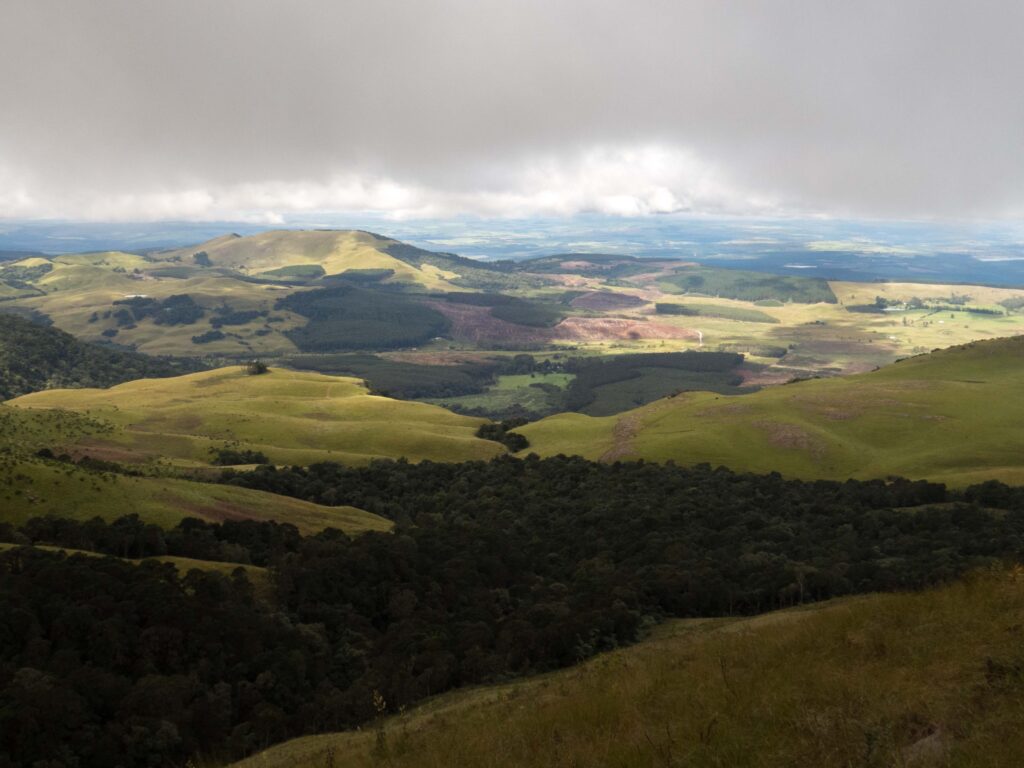
A farmer pulled off the road to greet me the other day as I performed water sampling and we fell into conversation, in which he revealed that his fishing-mad cousins are still landing Browns below the Dargle Falls on the uMngeni. I never would have said.
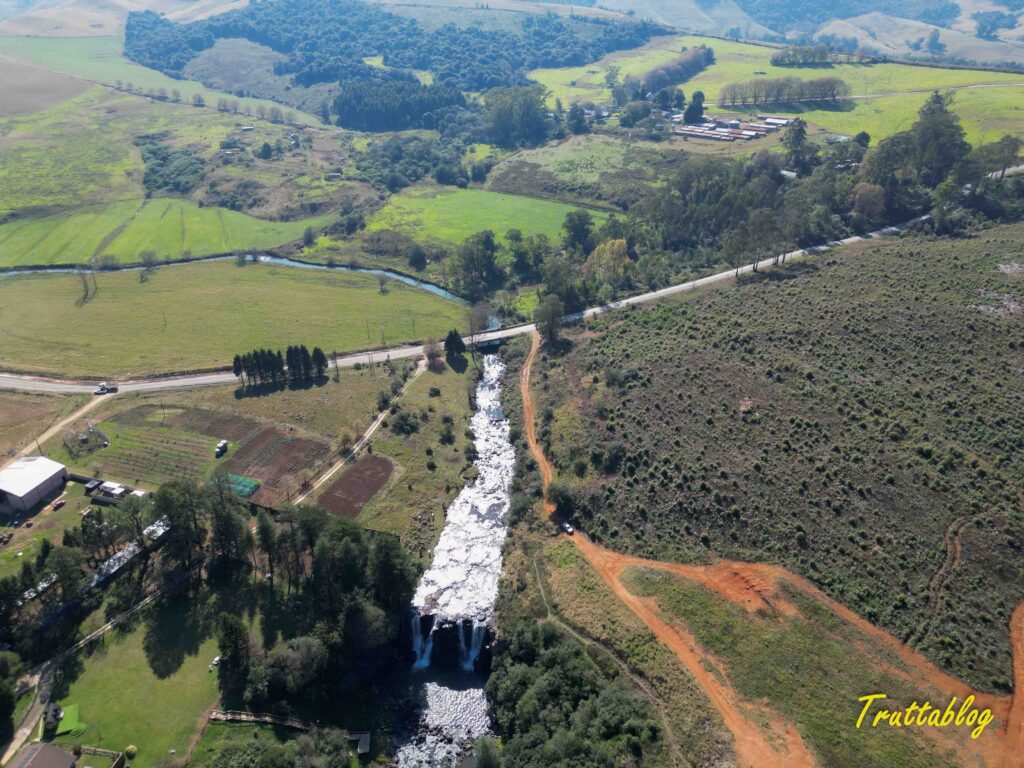
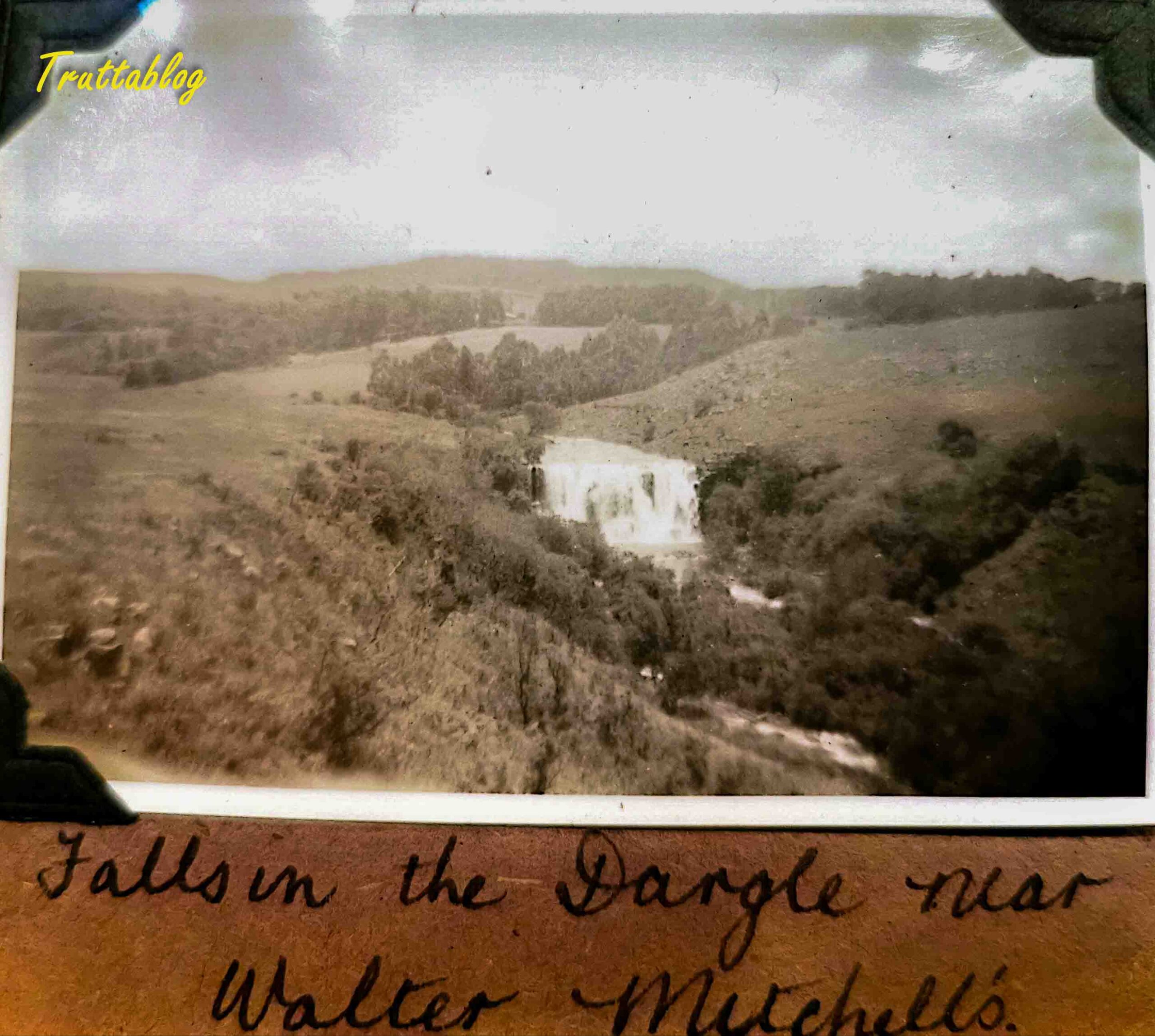
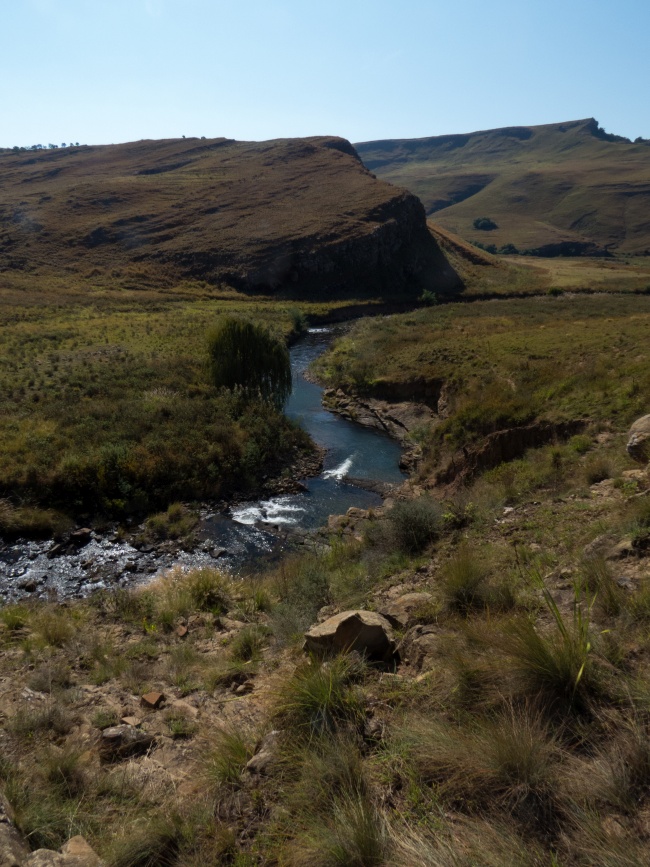
The Inzinga again suffered a severe rainfall and scouring event last year, like that described by Bob Crass in the sixties. (In December 1960 they had 340mm of rain. December 2023 saw 336mm.) Crass felt it had ruined the river, at least above the falls, and last year’s deluge completely changed the nature of the river, as is visible from the road high above the valley floor. But our few forays into that valley had produced no Trout before that flood anyway. I am plagued by the thought that we simply haven’t tried hard enough.
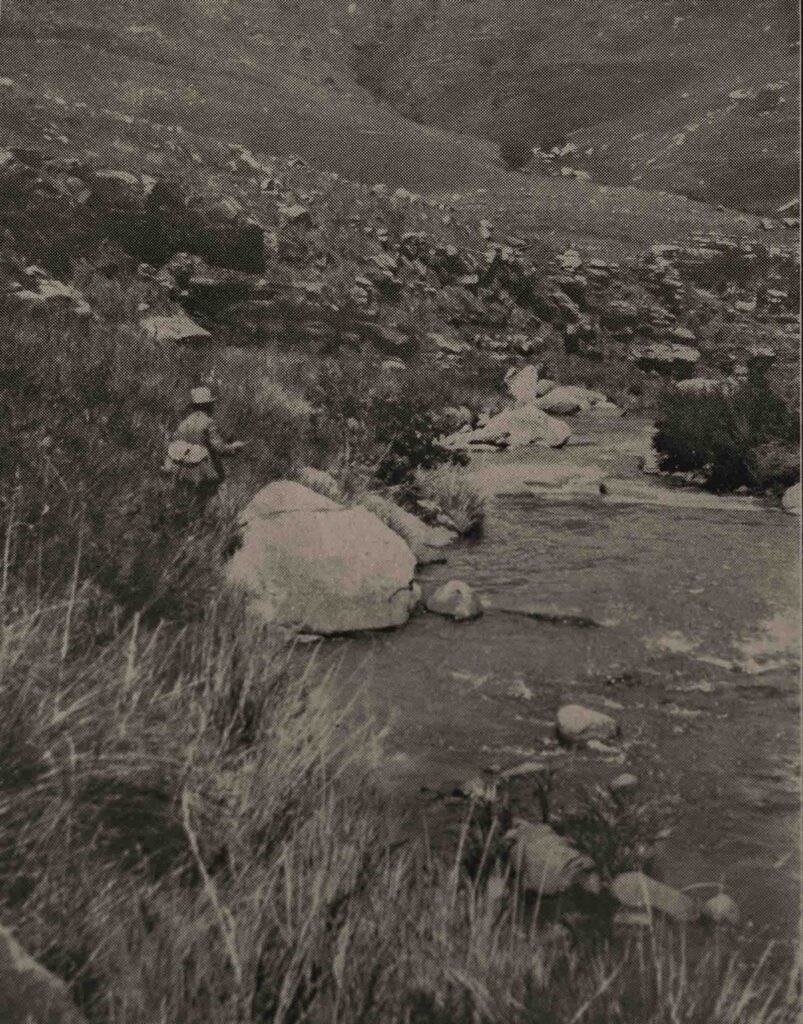
It brings to mind the idea that we fly-fishers really don’t try hard enough. It is so easy to fall into the trap of bemoaning the poor state of things, and then returning season after season to the same tried and tested waters. “Safe” waters, where we know we all catch Trout, season in and season out. I think the net effect is a shrinking world of Trout fishing. True, the number of fly-fishers may well have shrunk through emigration, but I get a sense that those of us left have shrunk our own circle of Trout through lack of an adventurous spirit. It is either that, or perhaps we cherry-pick just the known best spots locally, and dig in our pockets to afford trips to other people’s known best spots. To my mind, that puts our own fishing resources into a downward trend in the context of their recognition. Beyond that it erodes the potential future fame of our waters, or their chances of becoming, or perhaps remaining “hallowed” waters.
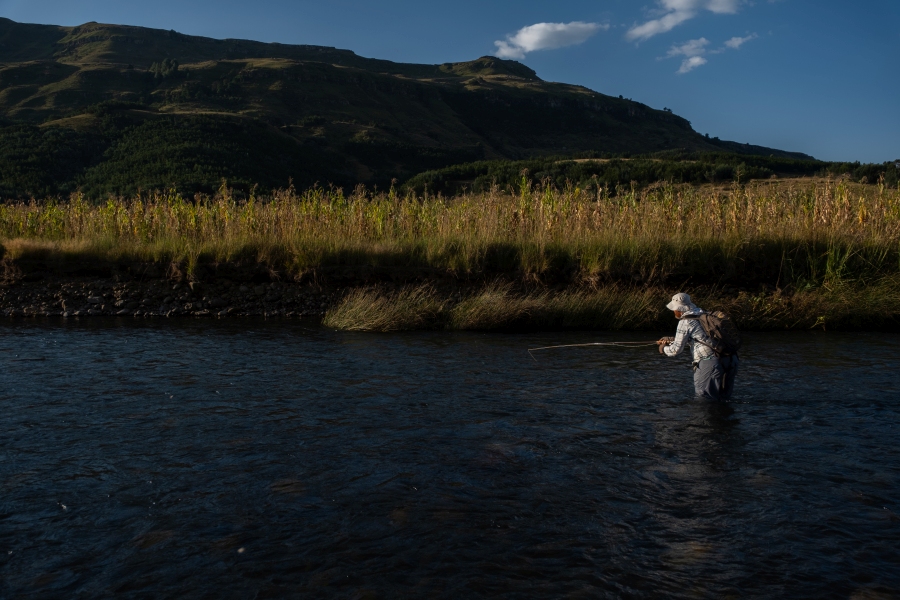
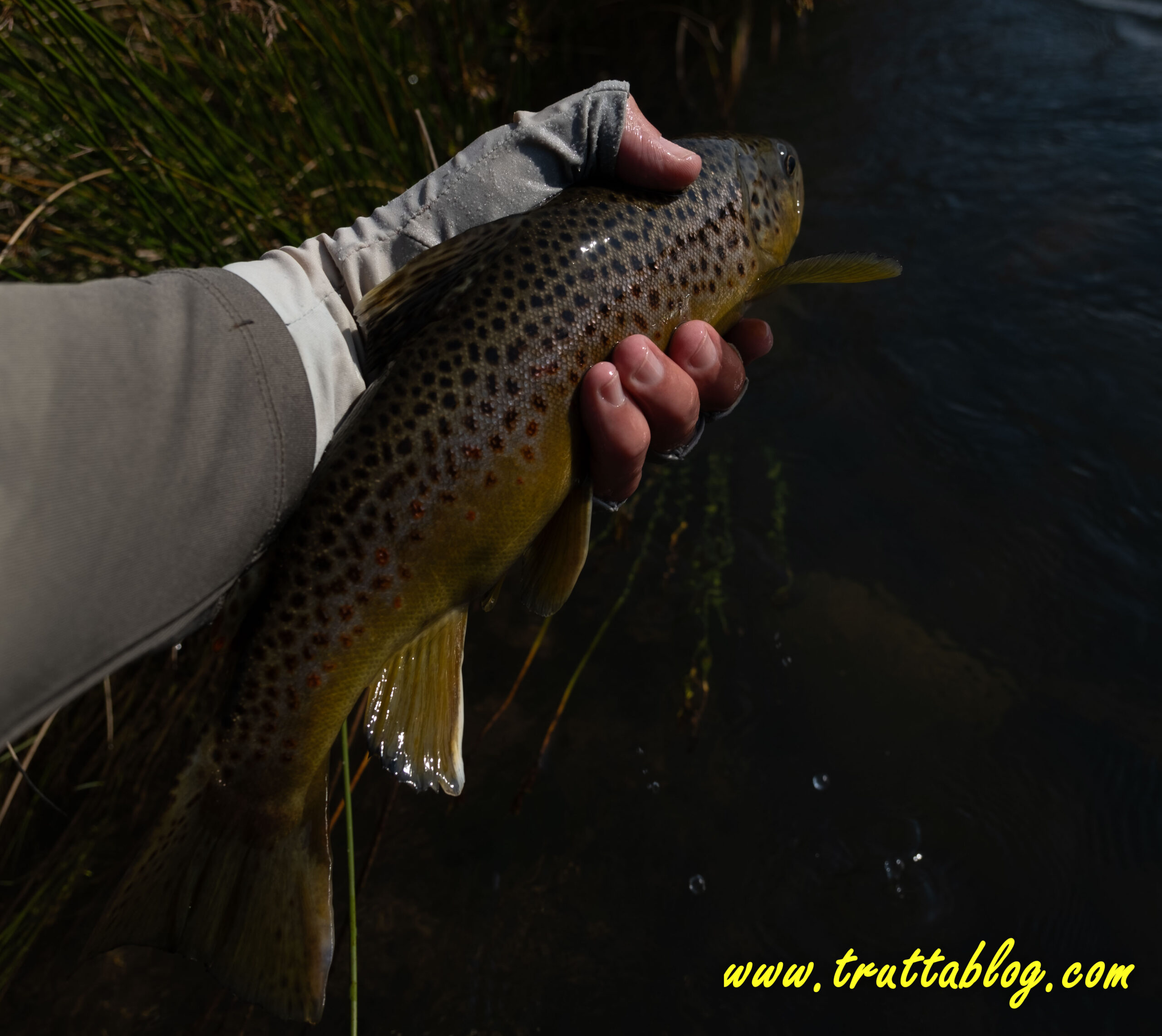
I know that on the Bushman’s for example, the lower two beats of the tribal water are fished by fewer that five anglers each year.
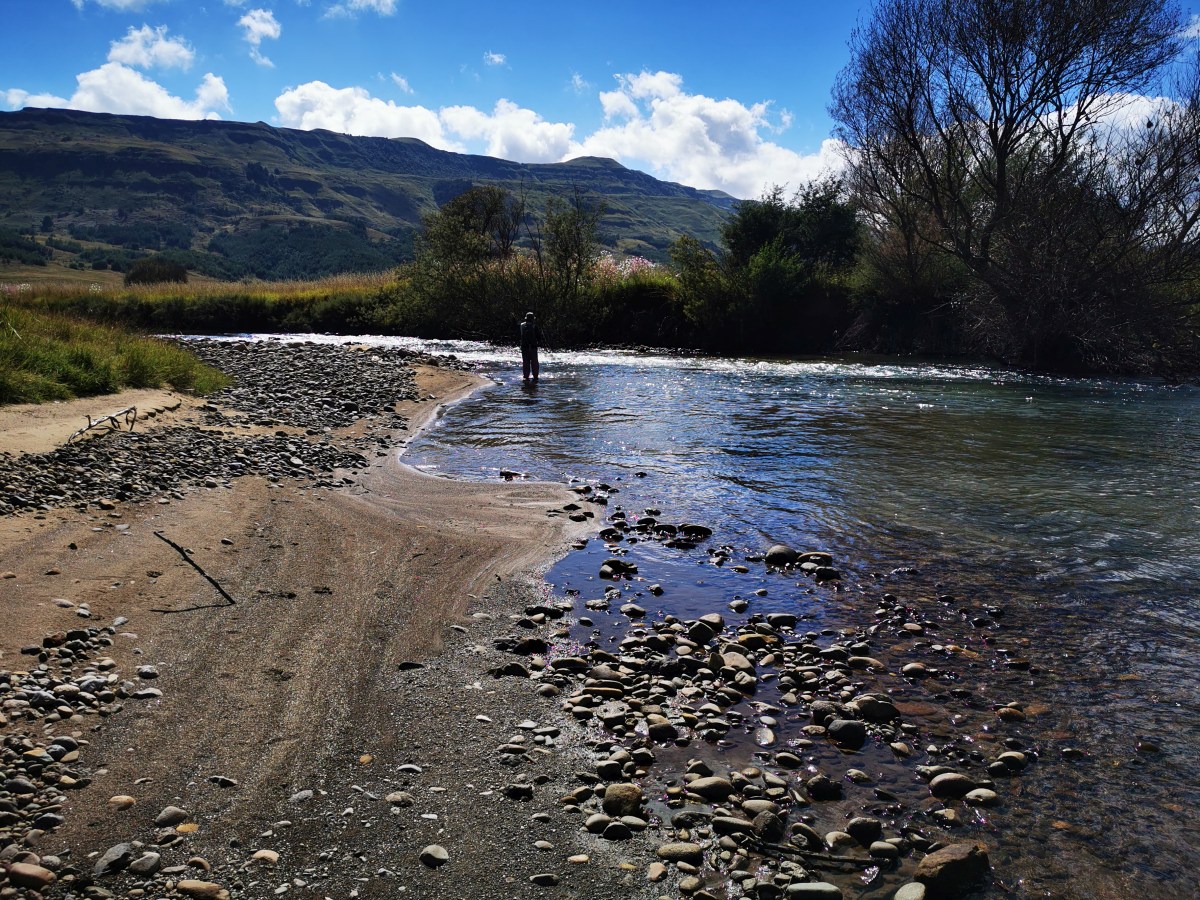
In the last few years, my pals and I have fished no fewer that six stretches of water which have either disappeared from mention, or have never been mentioned before. Ever. Not in print or otherwise. Two of those proved fruitless. The other four have proved a source of delight of the highest order.
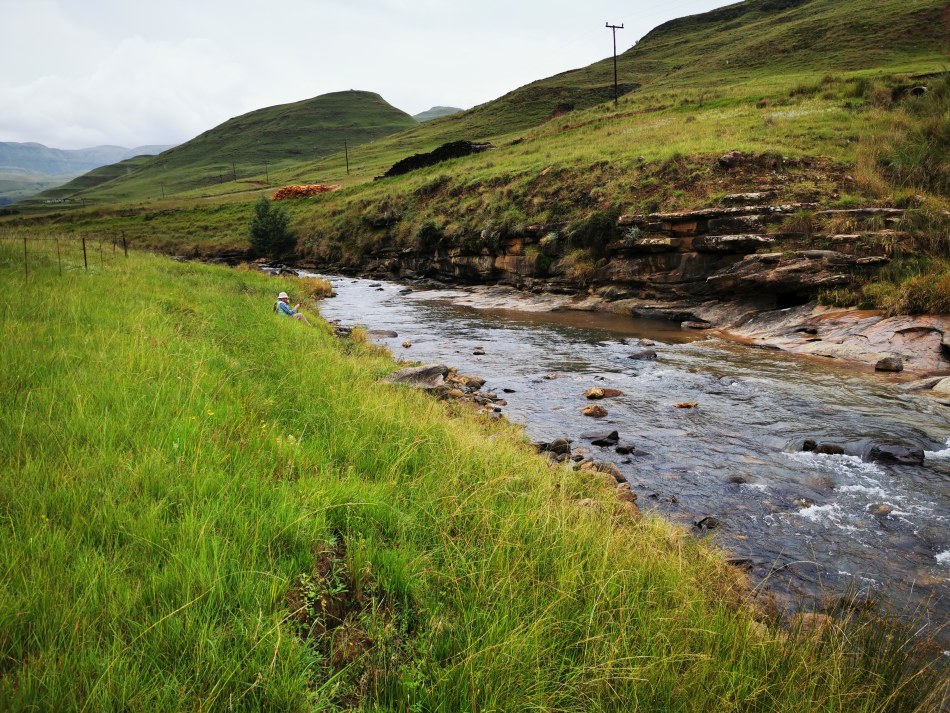
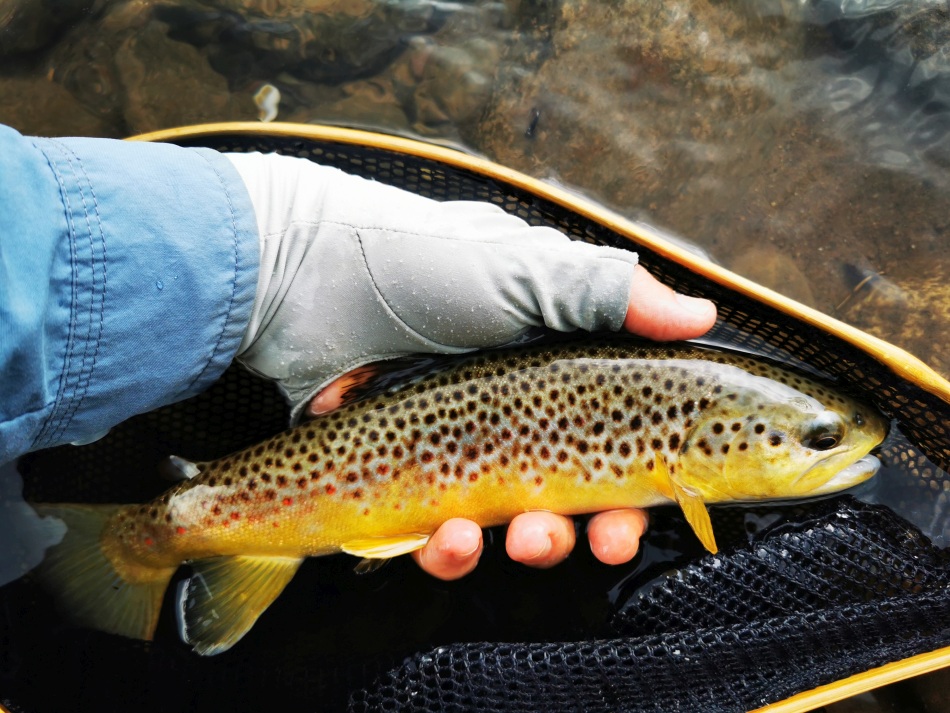
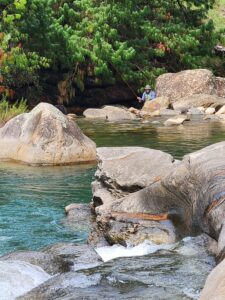
Richard and I were on a short stretch of tributary, which we think may have been fished a few times between 1930 and 1945. And never again. We got a Brown each..9 and 12 inches respectively. I don’t think it would be an exaggeration to say that we are walking on air at the moment. We might even be a little smug and probably irritatingly secretive about it all. But hey, we feel like we earned that.
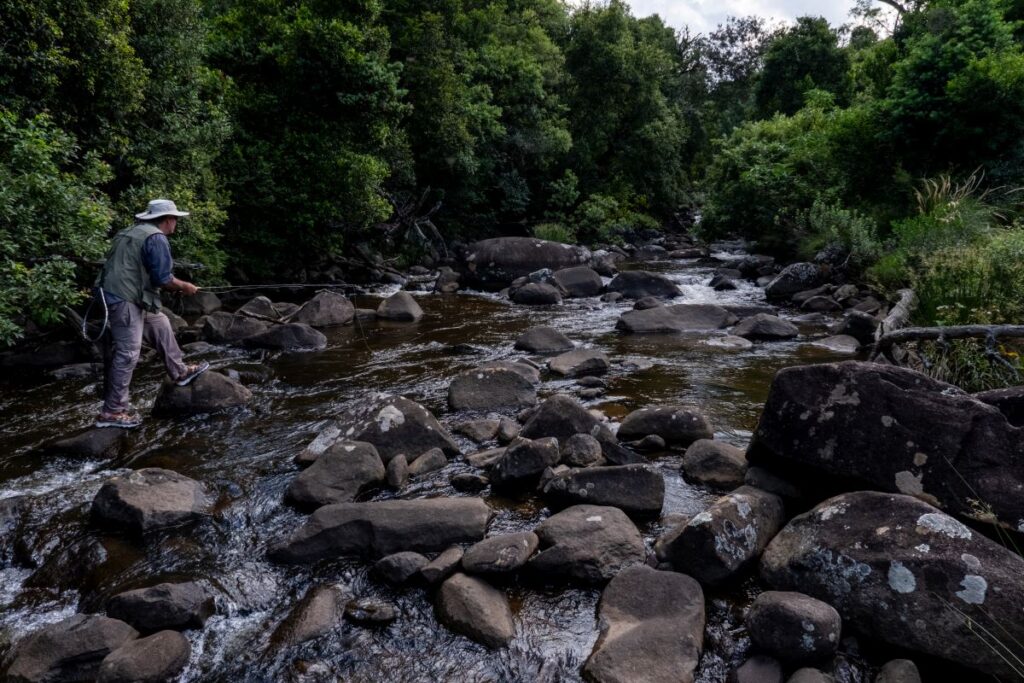
So my encouragement to you, is to take on board that some things haven’t got worse since as far back as 1955, and are every bit as worthwhile to have a go at now, as they were back then. In the context of KZN, you might want to open Bob Crass’ old (1972) “Trout Fishing in Natal”, and go searching out some streams and stretches mentioned in there that your mates are NOT talking about. Alternatively you might want to seek out a blue line on a map, that not even Crass mentioned……..
5 Responses
Thanks for the interesting stats. Now living in Western Australia, I have withdrawal symptoms, reading your accounts.
Tight loops and wishing you and yours a meaningful festive season.
Rod Matthee
Thanks for dropping me a note Rod. All the best to you too.
Very interesting rainfall stats, Andrew – doing a similar exercise on catch returns from 1955 would be really interesting!
The one trout book I do have is Bob Crass’ – I’ll certainly be doing some reading!!
I also like your analysis of the rainfall data. More surprising is your mention of trout in the Inzinga. Many years ago my brother caught a scalie in the pool below the waterfall and I had never heard of trout there. On that occasion we had a great family picnic next to that pool. What happy memories bring withdrawal symptoms here too. I live in Ireland
Thank you for the work you put in. Cheers
Tim
Thank you Tim. Yes, the Inzinga was hallowed Trout water back in the day, with photos in some of the early literature, a write up in Crass 1972 book, and Tom Sutcliffe et al shocking the river to harvest fish in living memory. It has been primarily a Brown stream, but has had Rainbows too. There was a recent report by an old herdsman, who spoke of very large “spotted fish” (confirmed with a photo), right down near the confluence with the uMkhomazi! All the best.